Fossilized Relic Discovered By Hubble Is A Bridge To The Milky Way’s Past
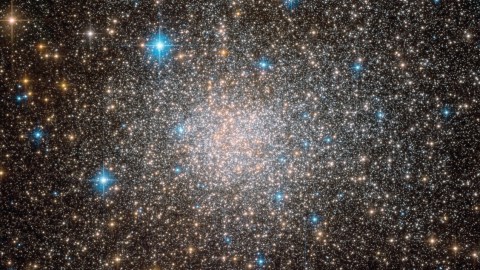
A “double burst” of star formation in a globular cluster may explain our galaxy’s mysterious center.
“It matters not what someone is born, but what they grow to be.”
–J.K. Rowling
When new stars form in the Universe, they always form out of whatever gas is available.
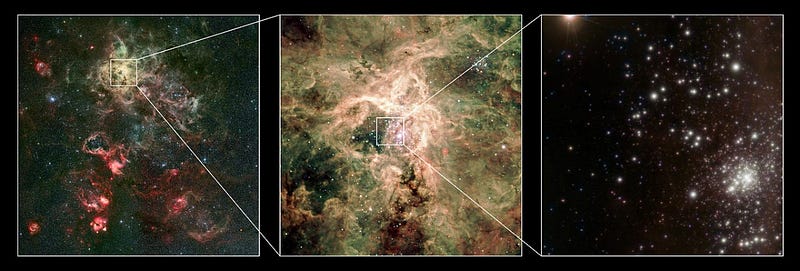
New stars form from large, collapsing gas clumps early on, with many forming globular clusters in galactic halos.
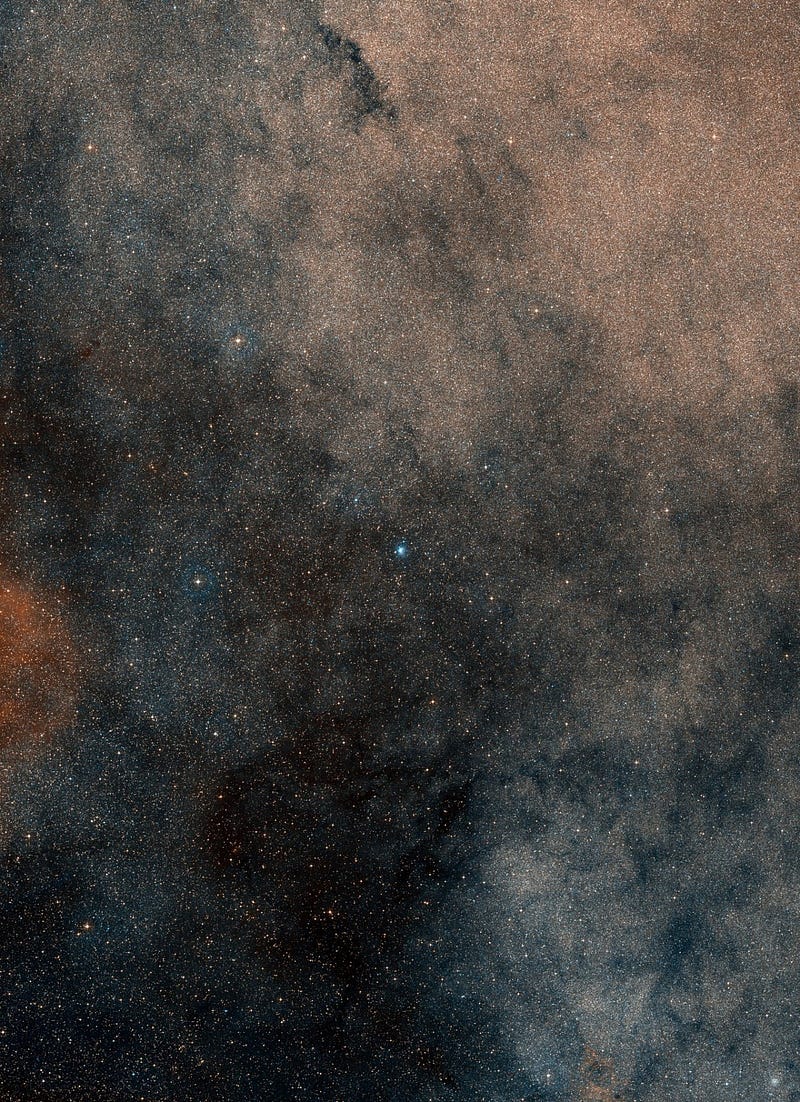
Globular clusters contain stars numbering from tens-of-thousands to tens-of-millions, all within a few hundred light years.
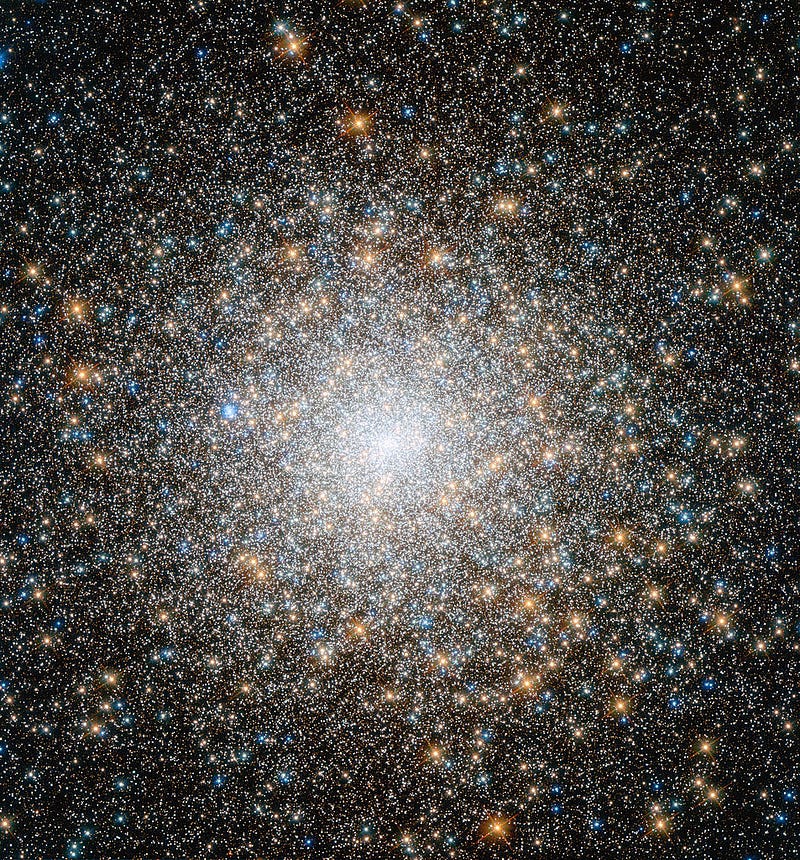
Most globulars formed when the Universe was young, with stars over 12 or even 13 billion years old.
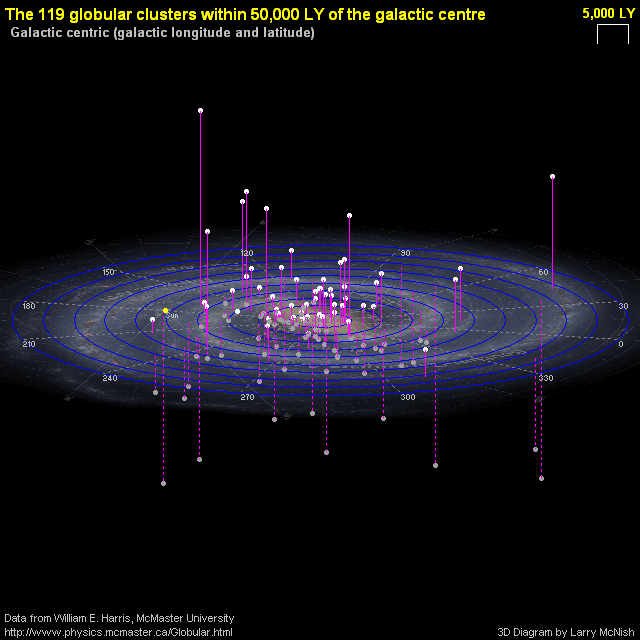
The Milky Way alone contains around 200 globulars, including Terzan 5.
Unlike most globulars, Terzan 5 contains two different populations of stars.
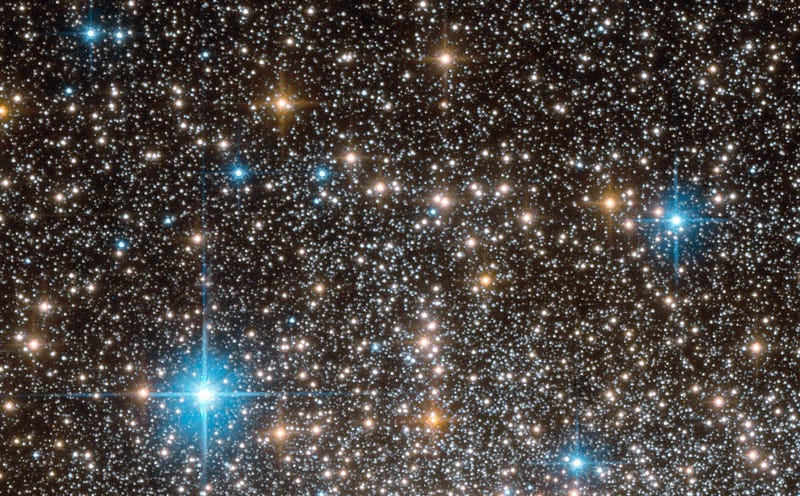
One is a normal, metal-poor population of 12 billion years, but the second formed 7 billion years later!
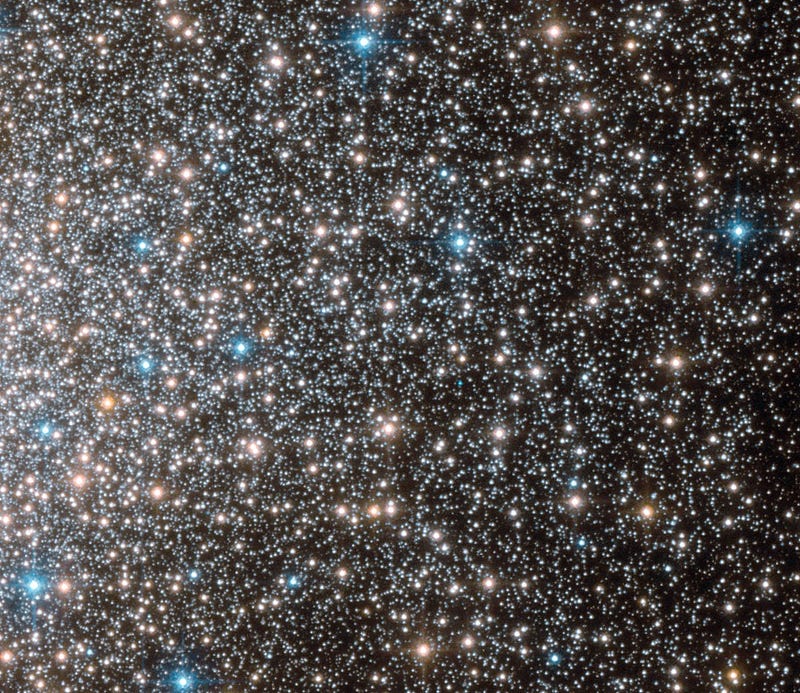
That second burst of star formation required a surprising amount of neutral gas: at least 100,000,000 Suns’ worth.
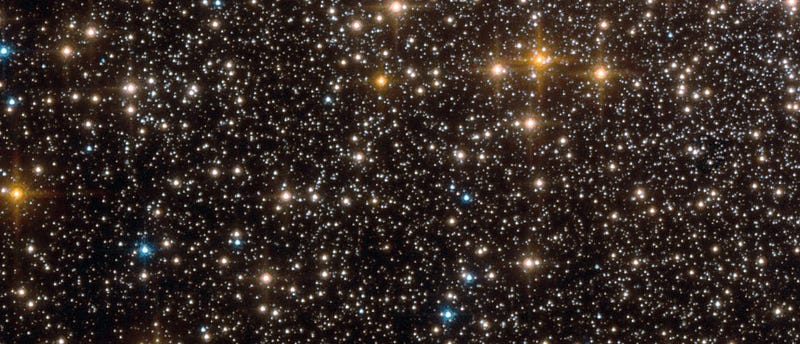
These dual-populations with different metal-richnesses are similar to our galactic bulge’s stars.
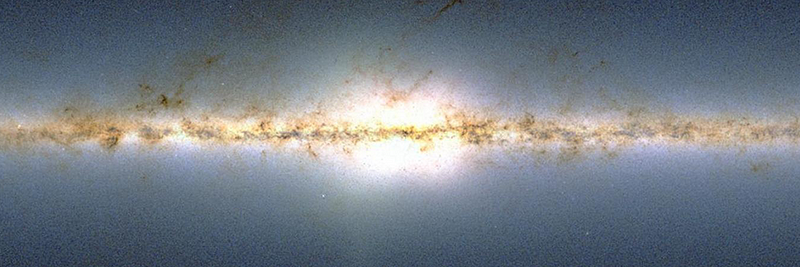
Gaseous clumps persist for aeons in the galactic bulge, but none had ever remained for so long in globular clusters.
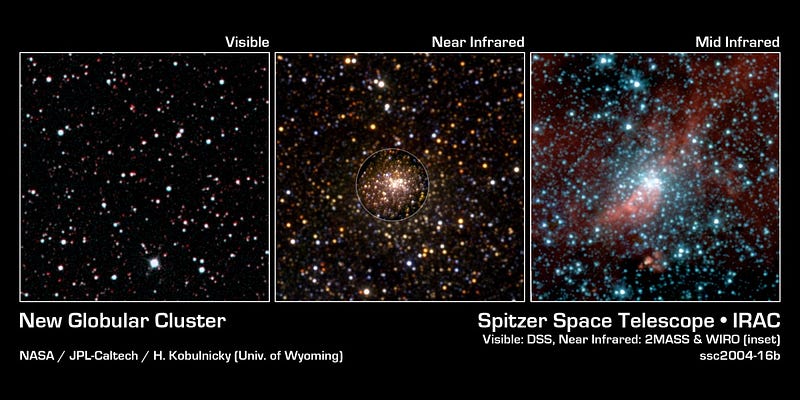
Yet this must be the case to create these dual populations.
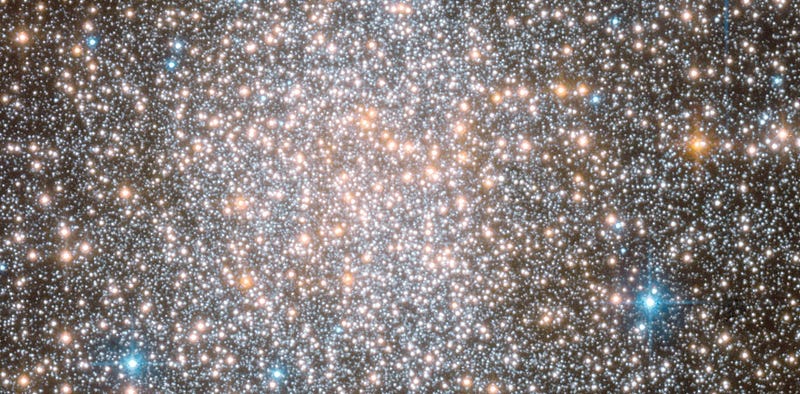
Terzan 5 is likely one of the bulge’s primordial building blocks.
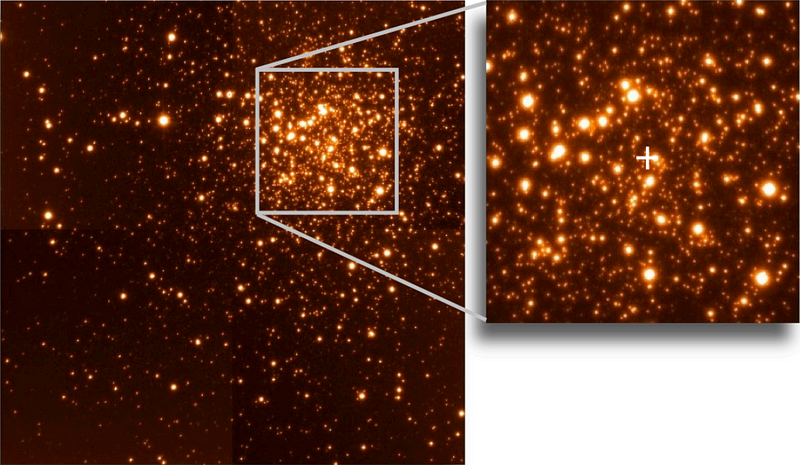
This relic links us to the Milky Way’s past.
Mostly Mute Monday tells the story of a single astronomical phenomenon or object primarily in visuals, with no more than 200 words of text.
This post first appeared at Forbes, and is brought to you ad-free by our Patreon supporters. Comment on our forum, & buy our first book: Beyond The Galaxy!





